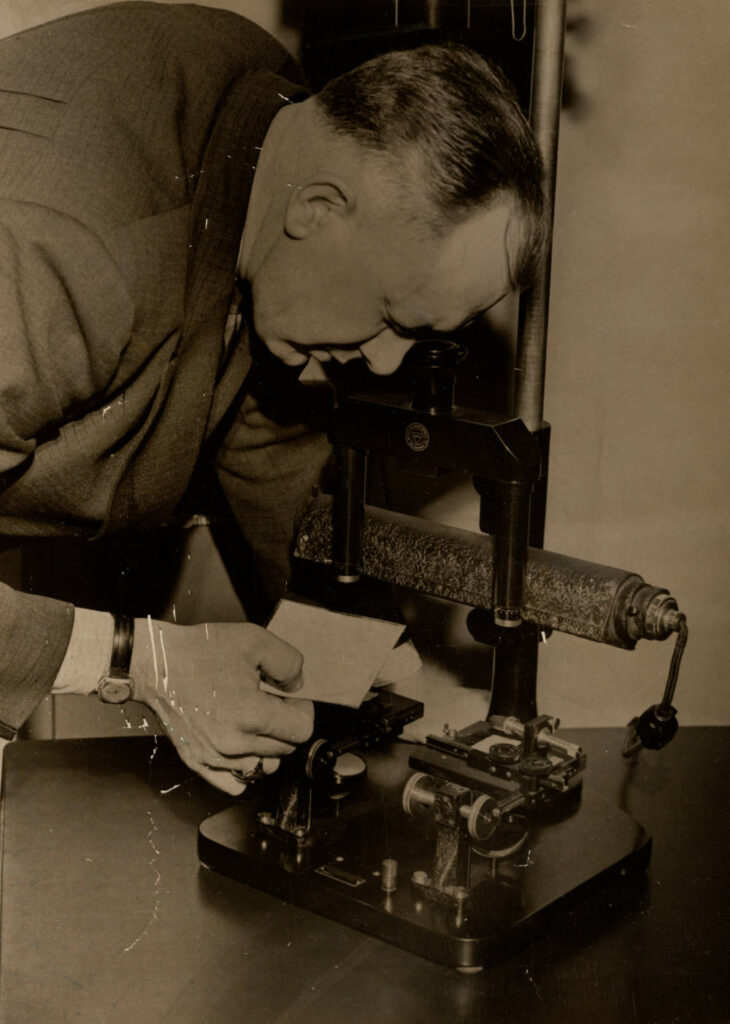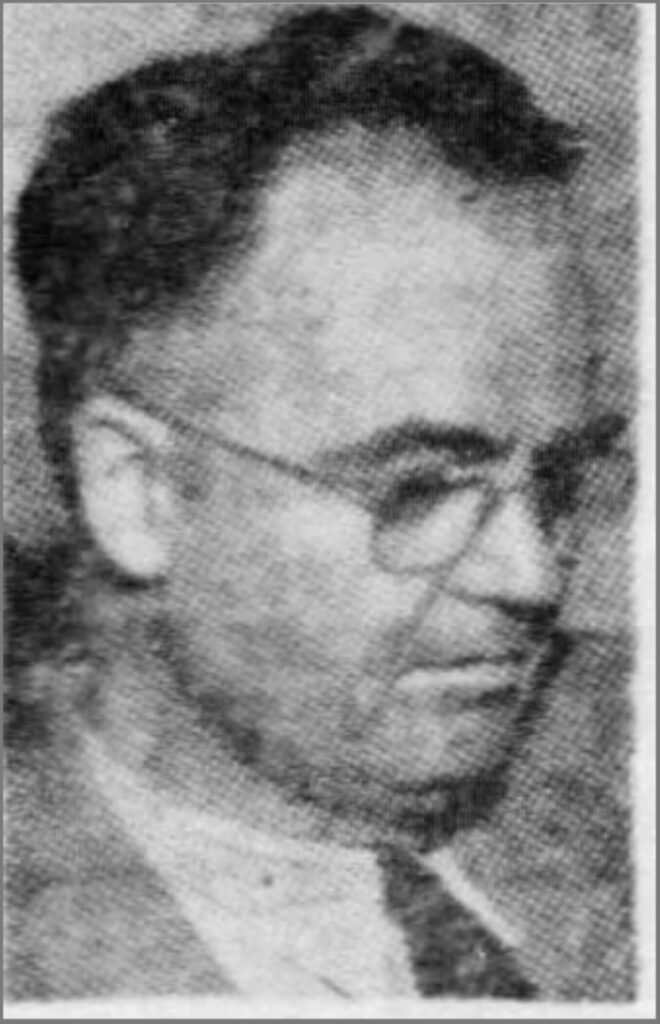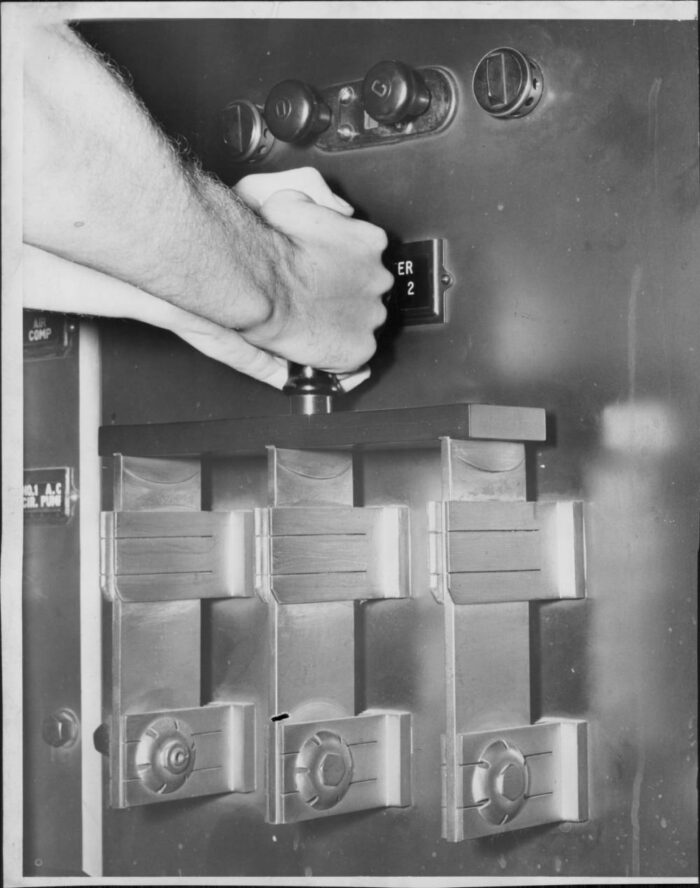Although there had been smaller drills previously, Minneapolis executed its first city-wide blackout drill on the night of September 11, 1942.
The blackout drill covered all 5,600 blocks of the city.
8,000 Air Raid Wardens, 500 Minneapolis Police Officers, 500 Auxiliary Police Officers, 500 Firefighters, 750 Auxiliary Firefighters, 400 Rescue Squad Workers, 500 Relief, Evacuation, and Medical Workers as well as the Red Cross and the Boy Scouts took part in the blackout drill.
Newspaper reporters cruised around the city with Minneapolis Police Detectives William H. Fabriz and Glen W. McLean (later Chief of Police from 1946-48).

One half hour before the blackout drill began, Hennepin Avenue was lined with people waiting to watch. Entire families gathered on porches and in doorways on Grant Street as if awaiting a parade.
Once the blackout began, the streets were so dark that reporters commented that they could as well be in the middle of the ocean or Wyoming.
A few violations were noted by Detective McClean: a lit office building on 2nd Street South; a building on 5th and Nicollet Avenue with lights burning on the 4th Floor; and a large lighted-sign on 4th Street and Marquette Avenue were recorded.

During the blackout drill, the inside of Police Headquarters was lit by candles and a reporter described it as having a Christmasy appearance.
Wardens were “stumped” by a glow coming from a dead tree at the home of E.O. Swanson at 4157 – 45th Avenue South. The glow was visible from 100 feet away and after some investigation it was found to be from phosphorus emanating from the wood of the tree.
After the “All-Clear” sounded, the Red Cross served donuts and coffee to all of the “casualties” in front of the State Theater. At the same time, across town near Humboldt Avenue South and 24th Street, Air Raid Wardens Joseph Broude and H.E. Beatty found a blue satin nightgown sitting on a curb without its owner.
Source: Minneapolis Star for Friday, September 11, 1942.
Photograph of the large switch, located at an undisclosed location in Minneapolis, used to shut down streetlights courtesy of Hennepin County Library
Photograph of Detective William H. Fabriz from April 5, 1938 courtesy of Hennepin County Library
Photograph of Chief Glen W. McLean from 1946 courtesy of Minneapolis Star
